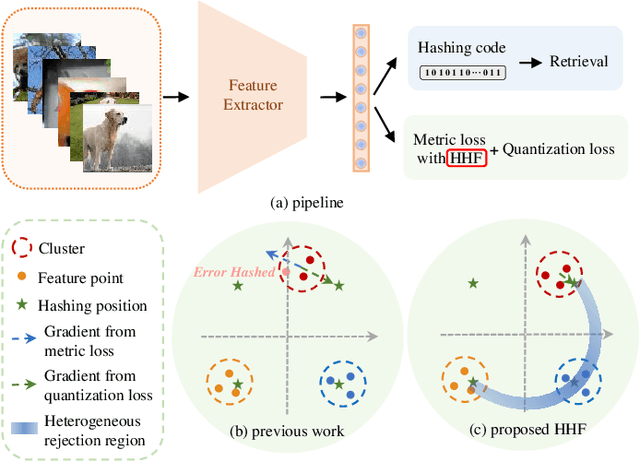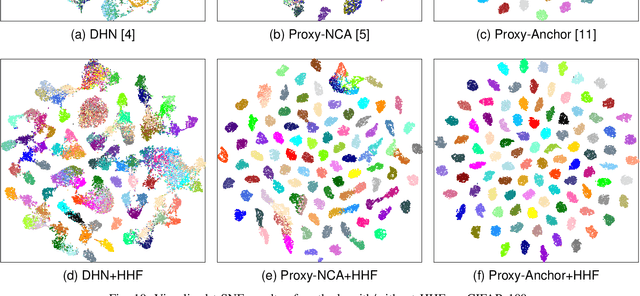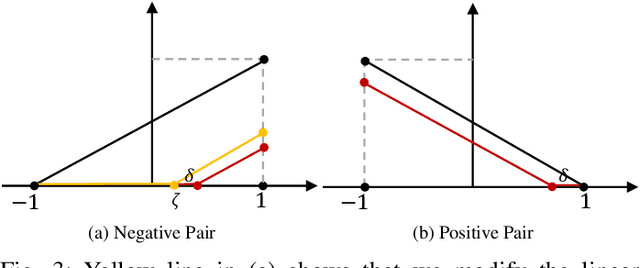Qiruyi Zuo
Victor
A Deep Learning Framework for Traffic Data Imputation Considering Spatiotemporal Dependencies
Apr 18, 2023



Abstract:Spatiotemporal (ST) data collected by sensors can be represented as multi-variate time series, which is a sequence of data points listed in an order of time. Despite the vast amount of useful information, the ST data usually suffer from the issue of missing or incomplete data, which also limits its applications. Imputation is one viable solution and is often used to prepossess the data for further applications. However, in practice, n practice, spatiotemporal data imputation is quite difficult due to the complexity of spatiotemporal dependencies with dynamic changes in the traffic network and is a crucial prepossessing task for further applications. Existing approaches mostly only capture the temporal dependencies in time series or static spatial dependencies. They fail to directly model the spatiotemporal dependencies, and the representation ability of the models is relatively limited.
HHF: Hashing-guided Hinge Function for Deep Hashing Retrieval
Dec 04, 2021



Abstract:Deep hashing has shown promising performance in large-scale image retrieval. However, latent codes extracted by \textbf{D}eep \textbf{N}eural \textbf{N}etwork (DNN) will inevitably lose semantic information during the binarization process, which damages the retrieval efficiency and make it challenging. Although many existing approaches perform regularization to alleviate quantization errors, we figure out an incompatible conflict between the metric and quantization losses. The metric loss penalizes the inter-class distances to push different classes unconstrained far away. Worse still, it tends to map the latent code deviate from ideal binarization point and generate severe ambiguity in the binarization process. Based on the minimum distance of the binary linear code, \textbf{H}ashing-guided \textbf{H}inge \textbf{F}unction (HHF) is proposed to avoid such conflict. In detail, we carefully design a specific inflection point, which relies on the hash bit length and category numbers to balance metric learning and quantization learning. Such a modification prevents the network from falling into local metric optimal minima in deep hashing. Extensive experiments in CIFAR-10, CIFAR-100, ImageNet, and MS-COCO show that HHF consistently outperforms existing techniques, and is robust and flexible to transplant into other methods.
 Add to Chrome
Add to Chrome Add to Firefox
Add to Firefox Add to Edge
Add to Edge